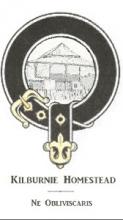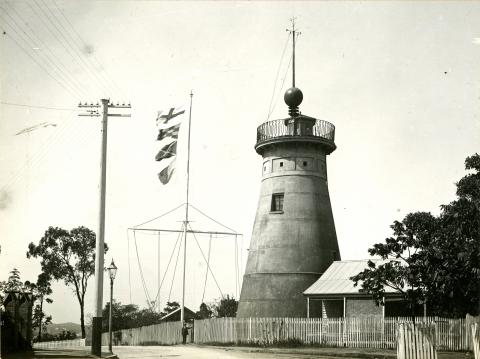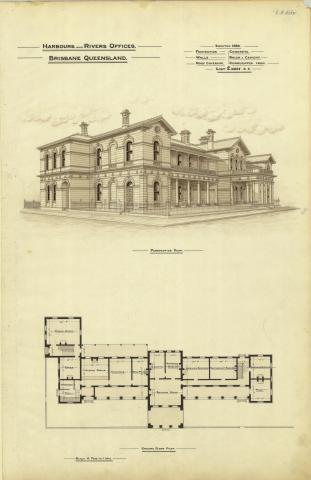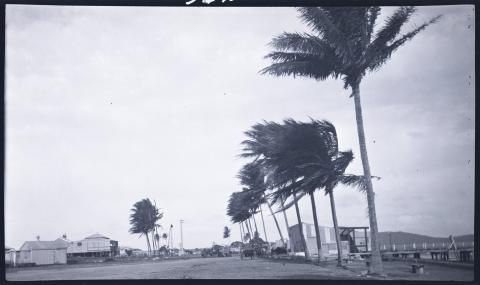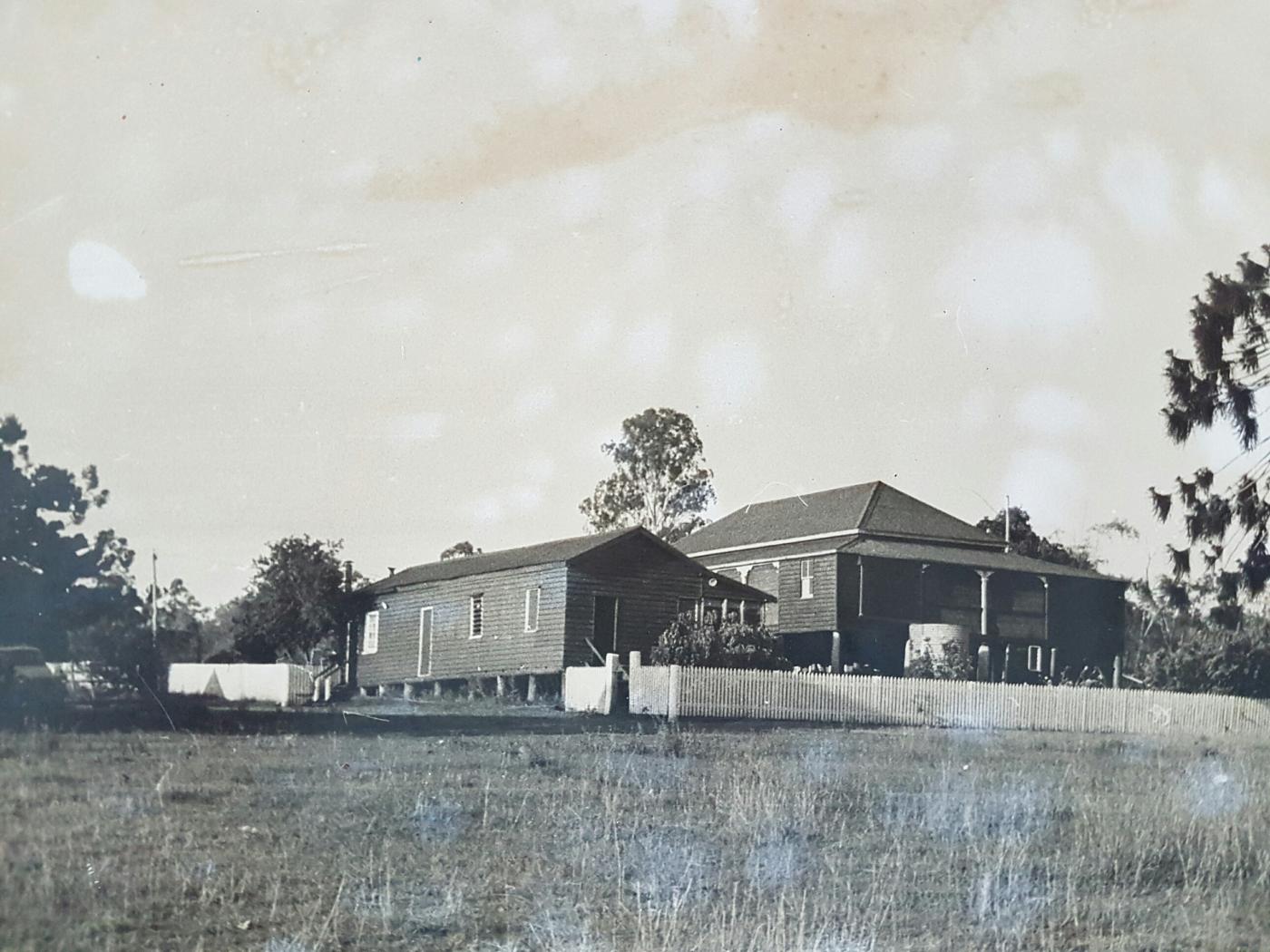
- Background
-
Kilburnie was established by John Campbell in around 1883, and his wife and four children moved into the homestead in approximately 1885. The building was constructed of ironbark slabs cut on the property by hand. There was little knowledge of the damage termites could cause, and the homestead's original stumps did not have metal caps to prevent termites from entering the building. Because of the termite damage done to the original version of Kilburnie Homestead, it was rebuilt in approximately 1900 with the aid of a carpenter from Gladstone. The "new" Kilburnie featured a detached kitchen of slab construction, and a large two-storey building of slabs, corrugated iron, and tongue and groove pine which housed the living areas and bedrooms. A covered walkway joined the kitchen to the living areas. A veranda runs all the way around the upstairs areas, and there is a small room on each upstairs corner of the house, believed to have been bedrooms for older children. There is a central living room upstairs, and a central dining room downstairs. The old corrugated iron bath house still stands between the kitchen and living areas.
- Ruby Campbell & Kilburnie
-
Ruby Campbell inherited Kilburnie from her father, John, and lived there until her death in 1977. One of her earliest watercolours, c.1915, possibly depicts the original homestead, before it was rebuilt in the 1900s
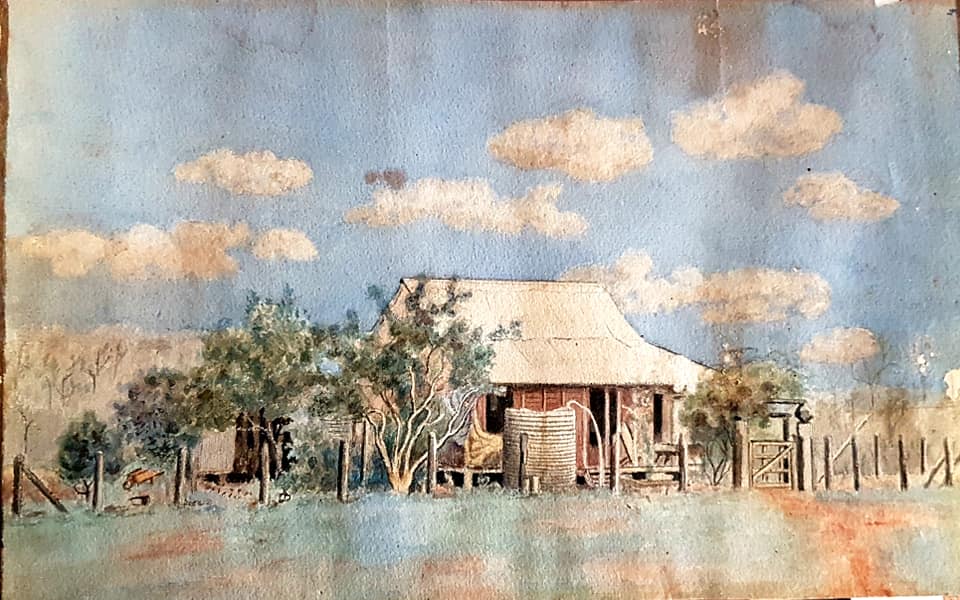
Watercolour by Ruby Campbell, c.1915, possibly depicting Kilburnie Homestead in the late 1800s -
